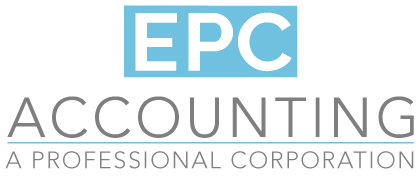When the federal Goods and Services Tax (GST) was introduced over 30 years ago, businesses that sold goods had a retail outlet and service providers worked out of a specific location, for the most part.
Just under 10 years later, Ontario combined the Provincial Sales Tax (PST) with the Federal GST to create the Harmonized Sales Tax (HST).
These were still simpler times. If you were in Ontario and your client was in Ontario, you charged the 13% HST. If you happened to ship items across Canada, you charged tax based on where the buyer was. The CRA used to give examples: if a business In Ontario is selling a product to someone in Alberta, you charge the Alberta rate of tax.
Thanks to the internet, things aren’t quite so clear right now. It’s not uncommon to sell goods or services online through a third party such as Amazon, Etsy or the Apple store. Maybe your music streams on Spotify or you create a video game sold on Steam. How do you know who’s buying your product and which taxes you have to pay?
It’s been an area where no one’s had a good answer, so it’s largely come down to interpretation, best guesses and risk tolerance.
Another layer of complication when you’re selling a digital asset like an app or an ebook – the end user’s physical mailing address isn’t necessary for the sale, so how do you know where they’re located?
We have a client who’s selling a game on Steam. It’s fairly simple for Steam to identify where people are based on their IP address, but they only break down where sales came from by country.
Some people may feel that if Canadian sales are a small percentage, they won’t bother to figure it out. Others will remit the highest amount possible. There’s never been good guidance about how to do it.
It’s complex, but the CRA is now offering some guidance.
What can you do if you’re selling online? Make sure you’re registered for HST. The government portal for applying for a simplified HST account opened on June 25th. If you have any questions, please get in touch!
